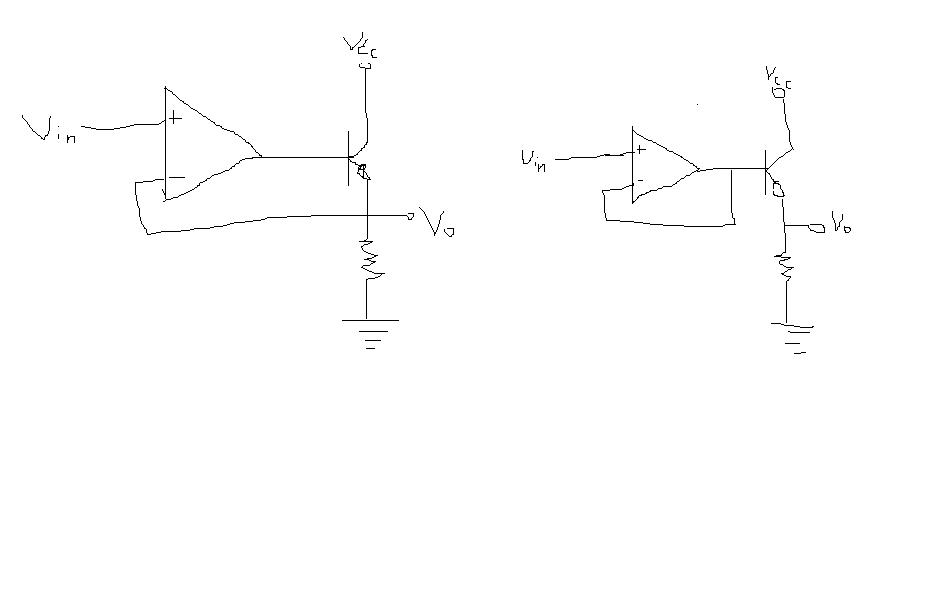frozenhell
Newbie level 4
i would like to ask if which of the two is a better buffer? thx
pardon my drawing

pardon my drawing
Follow along with the video below to see how to install our site as a web app on your home screen.
Note: This feature may not be available in some browsers.